| Compact car; Built in USA |
|
|
| Good condition price range: $2,000 – $4,400* |
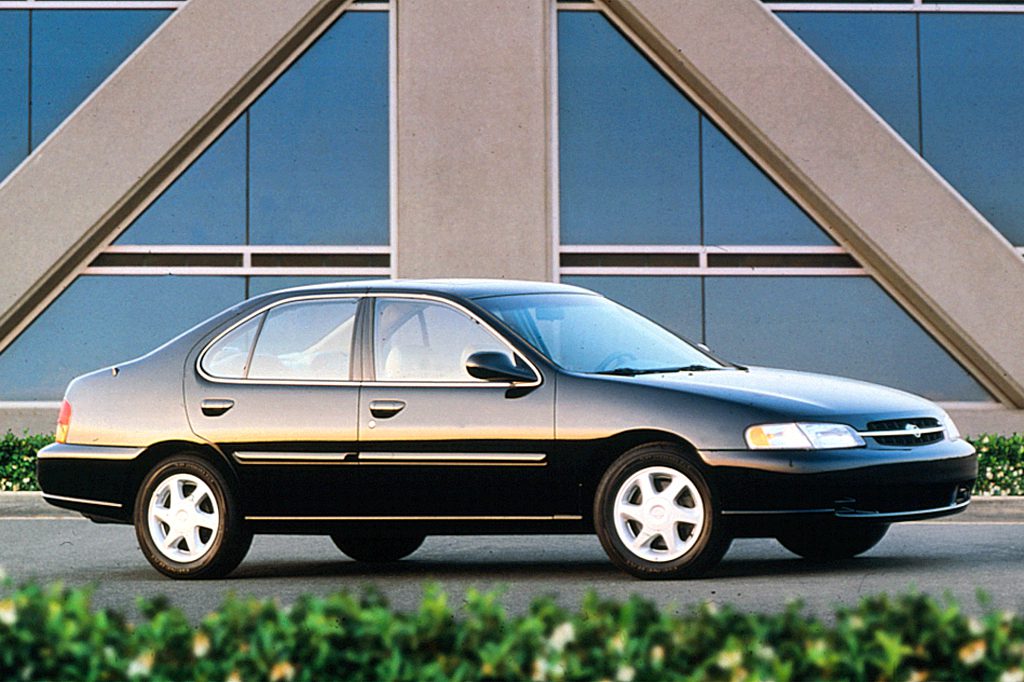
1998 Nissan Altima GLE
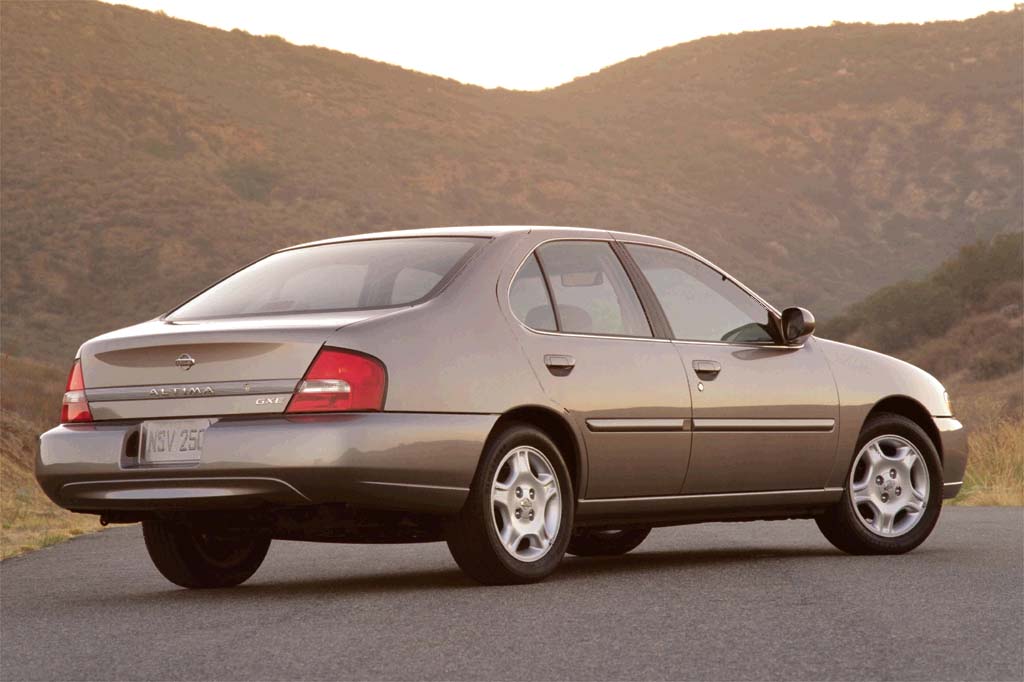
2000 Nissan Altima GXE
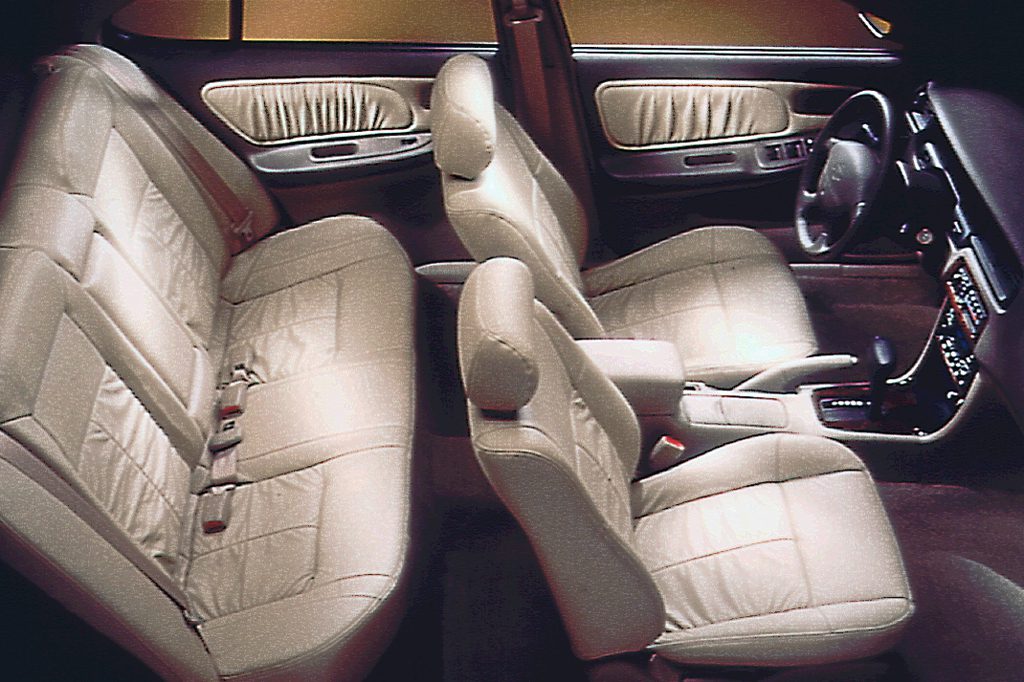
1999 Nissan Altima GLE interior
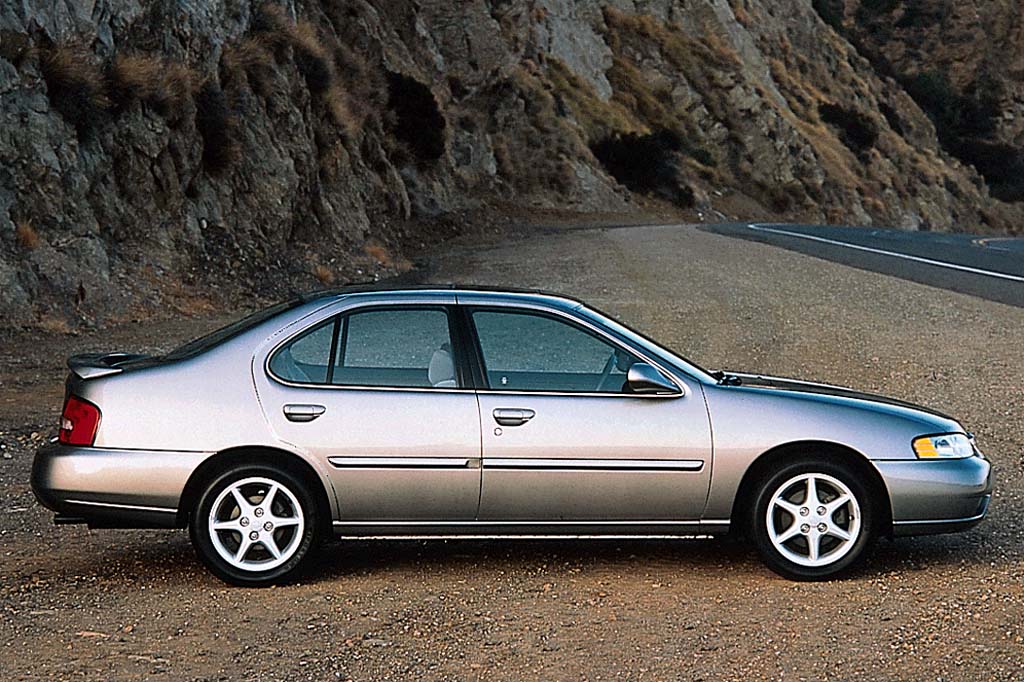
2000 Nissan Altima SE
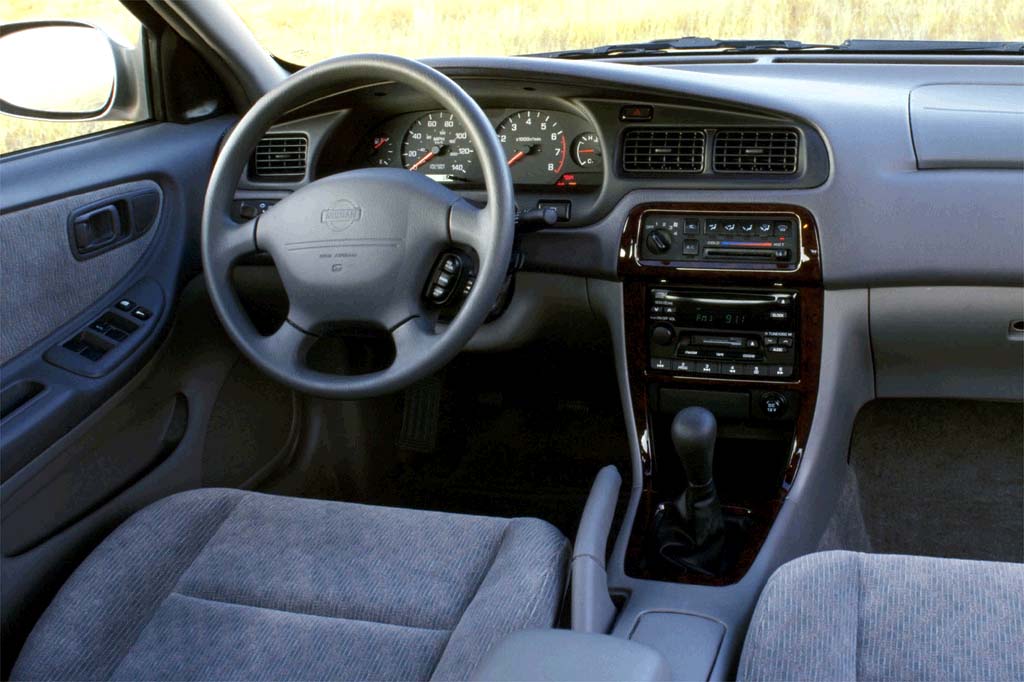
2000 Nissan Altima GXE interior
| Pros: |
|
| Cons: |
|
Acceptably solid and well-finished, Altima remains a must-see for value-minded buyers, due largely to its low noise levels and soft ride. Trunklids have felt tinny, however. Though unexceptional, Altima ranks as a nice family compact–less bland after the 2000 revamp.
Overview
Nissan’s compact sedan got a major restyling for 1998, adopting a harder-edge appearance, in contrast to the rounded look of its predecessor. Slightly larger in size, though on the same wheelbase as before, Altima also got a mildly revised powertrain and suspension. Overall length grew by 2.6 inches, width and track by about 2 inches. Head and leg room also grew a bit. Four models were available: base XE, volume-selling GXE, sporty SE, and luxury GLE. A firmer suspension went into the SE, which also got standard alloy wheels, wider tires, rear disc brakes (instead of the usual drums), and a body-colored rear spoiler. The GLE included leather upholstery and a power driver’s seat. All models used the same 2.4-liter dual-overhead-cam 4-cylinder engine, producing 150 horsepower and mated to a standard 5-speed manual or optional 4-speed automatic transmission. Internal engine changes aimed to improve low-speed power delivery, and the automatic transmission was reprogrammed for smoother operation. Antilock brakes were an option. Nissan claimed a 20 percent increase in structural stiffness. Altima had been the company’s best-selling U.S. model, fighting in the tight compact family sedan market. Rivals to the restyled edition included the Ford Contour, Mazda 626, and Mitsubishi Galant.
Yearly Updates
| 1999 Altima Few changes were evident on Nissan’s compact sedan. The SE and GXE gained variable-intermittent wipers, and the GLE got standard alloy wheels. A power antenna now was included in the GXE’s optional Security and Convenience package. |
| 2000 Altima Just two years after a major redesign, Altima earned a thorough makeover. That included availability of front side airbags, standard in the GLE and optional for SE and GXE. The 2.4-liter engine gained 5 horsepower. SE and GLE sedans gained standard 16-inch tires, replacing the prior 15-inch rubber. They also added a cross-car brace in the engine bay. All Altimas got revisions to steering and suspension, as well as fresh front and rear fascias, a new center console (with automatic transmission), and new rear cupholders. Antilock braking remained optional, except on the base model. A new Appearance & Convenience Package includes the GLE’s suspension and 6-speaker audio system. Leather upholstery remained standard for the GLE, optional for SE. |
| 2001 Altima No significant changes were made for 2001. |
